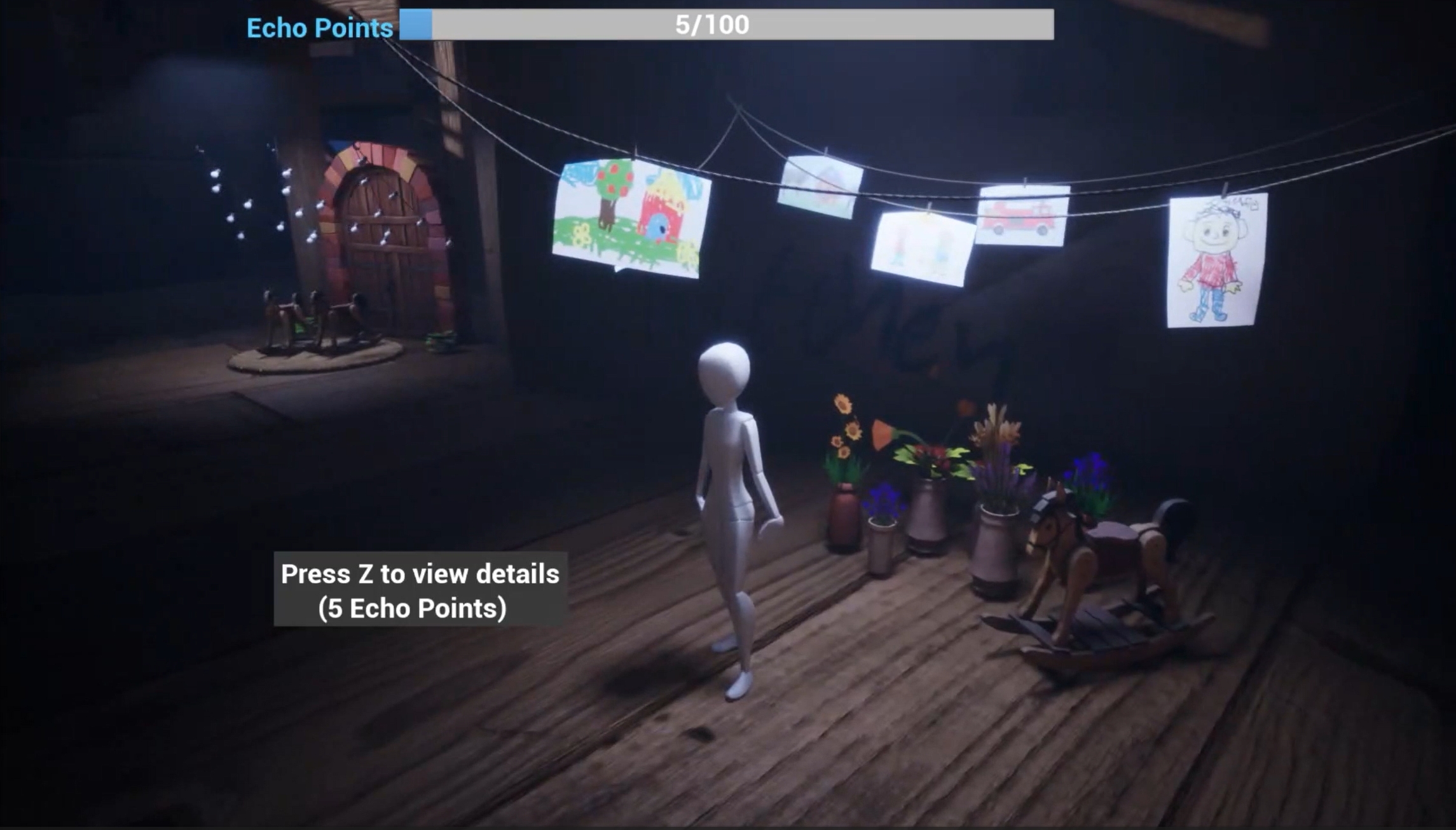
Back To That Door
A downloadable game for Windows
An immersive narrative puzzle game, where players will seek a lost truth in the crevices of time and memory.
At a seemingly ordinary parent-child garden party, the little girl Lele accidentally fell to her death. You will step into the fragmented world of memories as a person who has lost your memory and find out who you really are. Every memory may be disordered, and the truth is blurred in the fragmented time and space.
Who pushed Lele? What happened that day? What else can you salvage?
Or - are you no longer the "you" you thought you were?
Game objectives and creative intentions:
•Explore the unexpressed love and missed opportunities in parent-child relationships;
•Encourage players to gradually construct the truth of the event through solving puzzles and recalling fragments;
•Each choice may trigger a different memory line, ultimately guiding players to think and choose: "Who exactly is the 'self' you recognize?“
•Guide players through the role changes from "onlookers" to "choosers" and then to "revisits", gradually delving into the depth of the story.
Core Mechanism:
•Memory Points System: Every time players explore an item or conversation, they will obtain memory points to unlock new recall clues.
•Memory Fragment Unlocking Method: You need to use recall values to "exchange" for certain locked memory clues, presenting the mental tension that "memories do not entirely belong to you".
•Space-time collapse mechanism:The key choices made by players will affect which time and space becomes "reality".
•The game's ending is "Collapsing Truth", and all other memory lines will completely disappear.
•Players investigate items (such as schedules, photos, cards) in different scenarios to trigger memories;
Narrative Characteristics:
•Multi-temporal and fragmented narrative structure.
•The truth is buried in seemingly unrelated clues, and players need to piece together the clues step by step and understand the characters' motives
•All memory fragments may be unreliable. Only when players keep trying can they reach the truth.
•Through highly emotionally resonant segments (the mother's remorse, the child's maturity, the friend's grief, and the jealous player's struggle), multiple feelings are evoked in players.
Narrative of environment and objects:
•The narrative of item connections in the scene: For instance, the wooden wooden horse represents a pure and kind child, the wooden fighter jet represents a jealous child, and the large single sofa represents a mother.
(The model resources and music are sourced from the Internet.)
